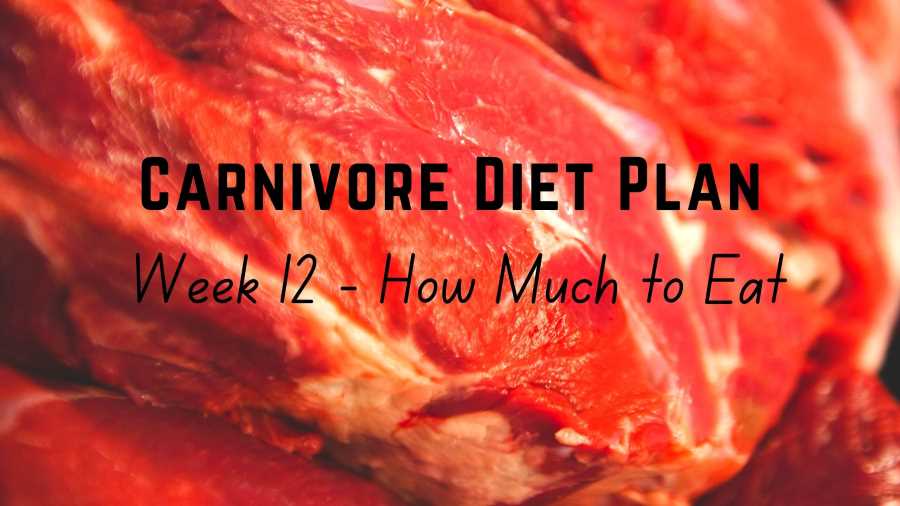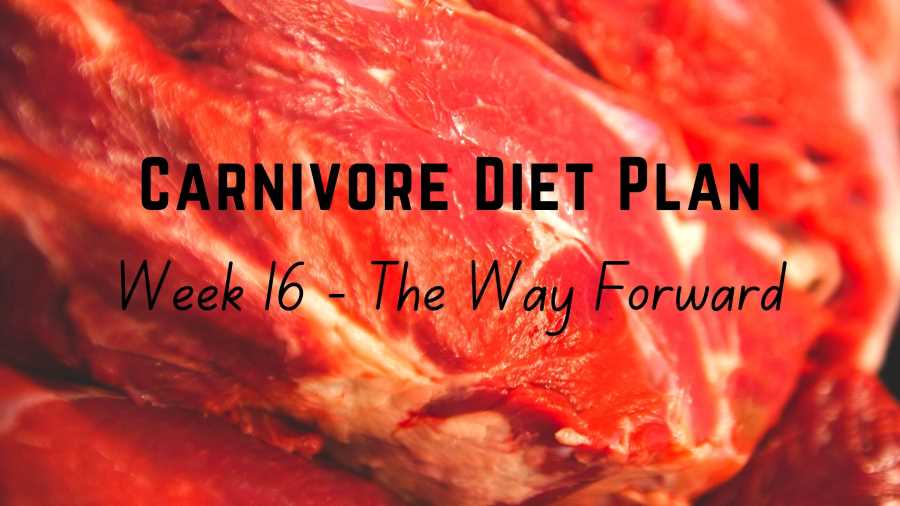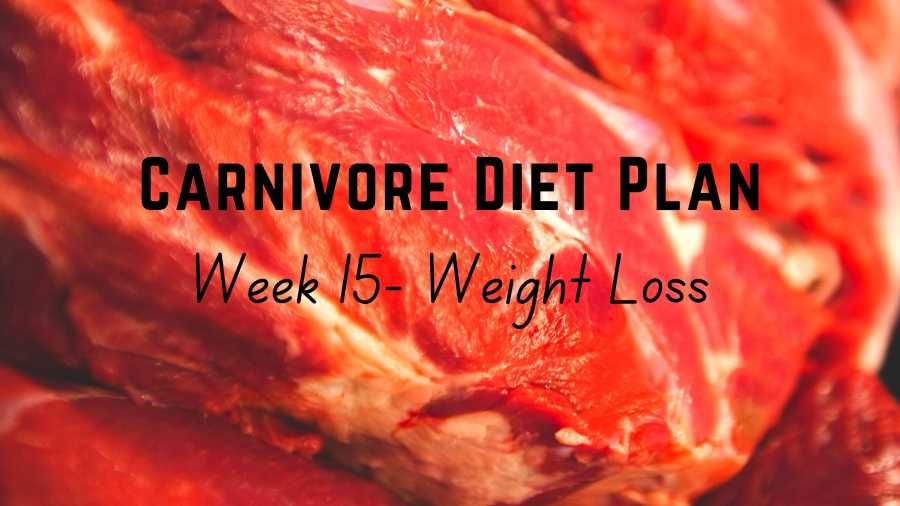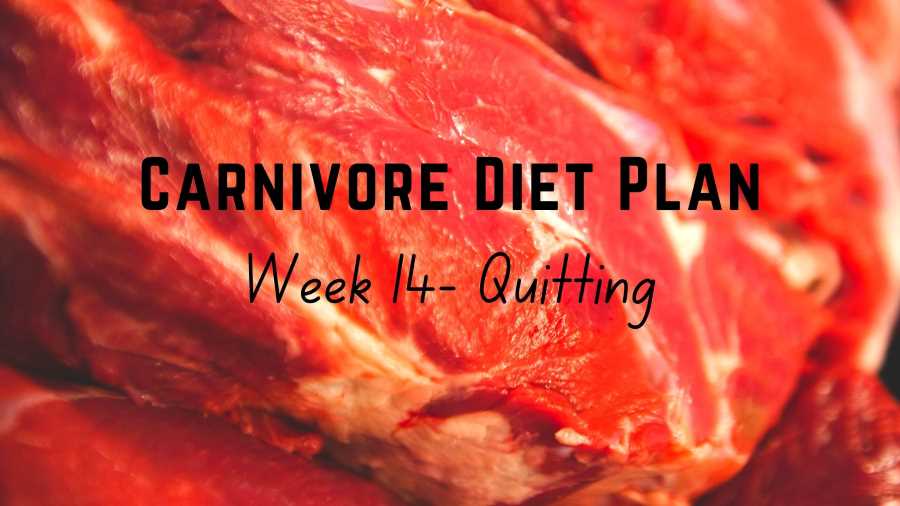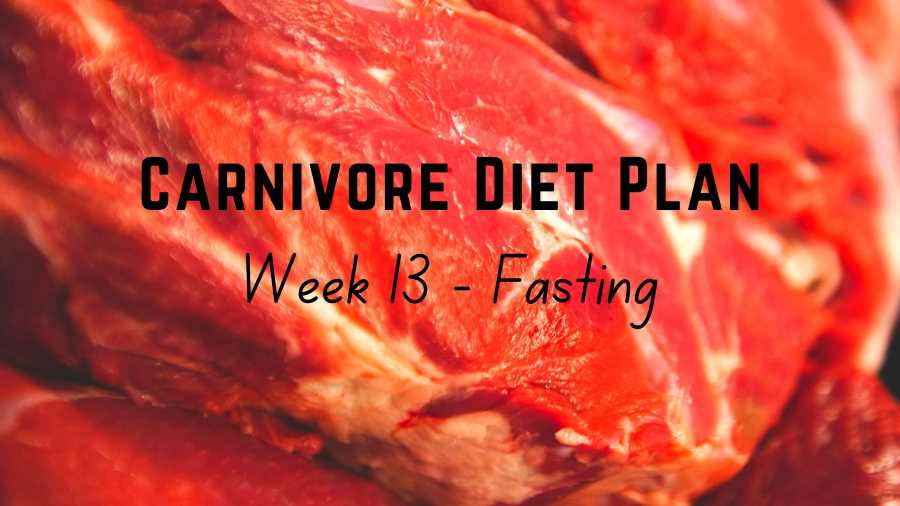This week’s focus is to figure out approximately how much you should eat on the carnivore diet.
So far on this program, you have been encouraged to eat when you are hungry, eat until you are full, and don’t overeat.
This recommendation still applies if the health problems you are trying to fix with this diet have not been resolved.
For those of you who are generally healthy and only trying out the carnivore diet to see if it can improve your health or out of curiosity, you can figure out how much you should eat a day based on your goals using the tips in this post.
Factors determining how much you should eat
There is no one-size-fits-all answer to the question of how much you should eat in a day on the carnivore diet.
How much you should eat in a day depends on a number of factors:[1, 2, 3, 4]
- Body size. The bigger you are, the more energy your body will need to maintain all of its basic functions
- Body composition. The more muscle mass and the less fat mass you have, the higher your resting energy expenditure will be (because muscles burn more calories than fat and some other tissues) and the higher your calorie intake will be
- Gender. Women have a lower resting metabolic rate than men even after controlling for differences in body composition and aerobic fitness
- Age. Your basal metabolic rate is found to decline almost linearly with age and the main cause of this decline is mostly due to the loss of muscle mass as you get older. Therefore, as you get older, your calorie need will decline
- How physically active you are. Obviously, the more physically active you are, the more energy you will burn and the higher your energy intake should be.
In addition to getting enough energy to meet basic bodily functions and physical activity, how many calories you should consume a day also depend on your weight goal, whether it is to gain weight, maintain weight, lose weight or increase longevity.
Establishing your basal calorie intake
Before you can determine how much you should eat to achieve your goals, you need to have a rough idea of your baseline energy intake.
This can be done by filling in this 7-day food diary similar to the one that you’ve been asked to fill in in week 3 of the program.
Based on the total protein, fat, and carbohydrate intake each day, you can work out how many calories you’ve been consuming in a day.
Protein provides 4 calories per gram, fat provides 9 calories per gram and carbohydrates (which should be negligent on the carnivore diet) provide 4 calories per gram.
It’s true our ancestors never counted calories, but they were not surrounded by an abundance of food everywhere they went either. So, unless you are out hunting, foraging or building shelter all day with bare hands, you need to be mindful of how much food you consume in a day and whether it matches with your calorie expenditure.
Counting calories is boring and people on the carnivore diet often try to stay away from counting calories. However, for some people, it may be necessary at least in the initial stage until you can figure out approximately how much you should eat in a day to maintain a healthy weight.
For your reference, I’ve also included the estimated calorie needs per day, by age, sex, and physical activity level as per the 2020–2025 Dietary Guidelines for Americans.[5]
Females
| Age | Sedentary | Moderately Active | Active |
|---|---|---|---|
| 19-25 | 2,000 | 2,200 | 2,400 |
| 26-30 | 1,800 | 2,000 | 2,400 |
| 31-50 | 1,800 | 2,000 | 2,200 |
| 51-60 | 1,600 | 1,800 | 2,200 |
| 61 and up | 1,600 | 1,800 | 2,000 |
For a moderately active female, to get 1,800 to 2,200 calories a day, you will have to eat from around 1.8 lb to 2.3 lb of meat depending on how fatty the meat cuts are.
Males
| Age | Sedentary | Moderately Active | Active |
|---|---|---|---|
| 19-20 | 2,600 | 2,800 | 3,000 |
| 21-25 | 2,400 | 2,800 | 3,000 |
| 26-35 | 2,400 | 2,600 | 3,000 |
| 36-40 | 2,400 | 2,600 | 2,800 |
| 41-45 | 2,200 | 2,600 | 2,800 |
| 46-55 | 2,200 | 2,400 | 2,800 |
| 56-60 | 2,200 | 2,400 | 2,600 |
| 61-65 | 2,000 | 2,400 | 2,600 |
| 66-75 | 2,000 | 2,200 | 2,600 |
| 76 and up | 2,000 | 2,200 | 2,400 |
For a moderately active male, to get 2,200 to 2,800 calories a day, you will have to eat from around 2.3 lb to 2.9 lb of meat depending on the fat content of your meals.
Note:
- Sedentary means a lifestyle that includes only the physical activity of independent living
- Moderately Active means a lifestyle that includes physical activity equivalent to walking about 1.5 to 3 miles per day at 3 to 4 miles per hour, in addition to the activities of independent living
- Active means a lifestyle that includes physical activity equivalent to walking more than 3 miles per day at 3 to 4 miles per hour, in addition to the activities of independent living.
Once, you’ve completed the 7-day food diary and have an idea about how many calories you consume on average in a day, you can refer to the above tables and see where you are at. However, this is just for general reference purposes only. Factors such as body size and body composition are not taken into account in the Dietary Guidelines’ estimates.
Adjusting total food intake to achieve your goal
If your goal is to gain weight, it’s simple, you just need to eat more than what you’ve been eating and perhaps increase the overall fat-to-protein ratio of your meals too.
For other goals like weight loss, anti-aging or longevity, the answer is clear: eating less will help.
Calorie restriction through intermittent fasting, periodic fasting, or fasting-mimicking diet can help improve health, increase lifespan and prevent and treat diseases.[6]
While we all know the benefits of eating less, in an environment where there is an abundance of highly palatable calorie-dense food readily available 24/7, it is not an easy thing to achieve at all, especially on an ongoing basis.
As a survival mechanism, when your body senses the calorie reduction, its biological drive to regain the lost body mass to survive kicks in. That is, it metabolically adapts to a lower amount of calories coming in and goes into preservation mode, resulting in fewer calories being expended, i.e. a lower basal metabolic rate.[7]
Therefore, if you think you need to reduce your calorie intake to achieve your health goal, take a gentle approach. For example:
- If you’ve been eating 3 meals a day, see if you can reduce it to 2 meals a day. If this is not possible, try to reduce the size of one of your meals and/or reduce the fat-to-protein ratio for this meal
- If you have been eating 2 meals a day, see if you can reduce it to 1 meal a day. If this is not possible, try to reduce the fat-to-protein ratio of one meal and/or reduce the size of one of your meals, preferably the last meal of the day.
If reducing your calorie intake is too much of a struggle and doesn’t produce desired results, you may have to look at other strategies to help achieve your goals such as increasing your muscle mass through resistance training, eating a protein-rich diet, and increasing the volume of your physical movements.
Your body spends energy on three tasks:[8]
- Keeping all its systems functioning correctly when at rest. This is called the basal metabolic rate and it accounts for the largest amount of energy expended daily, from 50% to 80% of your daily energy use
- Digesting foods and drinks. This accounts for about 5% to 10% of your daily energy use
- Physical activities. A moderately active person with 30 to 45 minutes of moderate-intensity physical activity per day can expect to spend 20% of their daily energy on physical activities.
Resistance training of sufficient volume that substantially increases your muscle mass percentage can increase your basal metabolic rate and total daily energy expenditure accordingly.
Eating a protein-rich diet will increase the amount of energy that your body spends on digesting food.
Finally, increasing your physical activities through both deliberate exercises and accidental exercises can help increase total energy expenditure.
The difference in calories burnt through accidental exercises can be as large as 2,000 calories a day between two individuals of similar size.[9] Therefore, please don’t discount the impact of exercises and generally physical movements on your total energy expenditure.
Dr. Paul Saladino’s recommendation
Dr. Paul Saladino suggests that:
- If your goal is weight loss, aim for 1g of protein per pound of your goal body weight and then add high quality animal fat to this until satiety. This will usually end up being about 1:1 fat to protein ratio in terms of gram
- If your goal is athletic performance and you are already at your desired body composition, aim for 0.8 grams of protein and about 1.2 grams of fat per pound of lean body mass
- If your goal is weight gain, aim for 1 g to 1.2 g of protein per pound of lean body mass and create a caloric surplus with good sources of fat.
This is just a general recommendation, you do need to figure out for yourself the appropriate daily calorie intake based on your size, body composition, age, physical activity level and your goal.
Take-home message for this week
This week, please continue to eat a lot of ruminant meat and organ meat, get sun exposure every day, stay physically active, and try to eat less frequently and eat early. In summary:
- Eat ruminant meat (e.g. beef, lamb, bison, goat, kangaroo etc.)
- Eat only when you are hungry and eat until you are full but don’t overeat
- Cook some of your meat to blue, rare, medium rare, or medium
- Have liver and other organ meat regularly (3 – 5 times a week or more)
- Drink a small cup of bone broth daily
- Have other well-tolerated animal-based food such as eggs, pork, poultry, seafood and dairy occasionally and choose pasture-raised and/or wild-caught sources
- Have a serving of well-tolerated seasonal fruits and other plant food on occasion if you wish
- It’s up to you to include or exclude salt based on your experiment in week 6
- Drink water to thirst
- Get about 30 minutes of sunlight every day
- Incorporating as much physical movements throughout the day as you can
- Aim to have 1 – 2 moderate to high intensity interval training sessions and 2-3 resistance training sessions a week
- Eat one to two meals a day and try to have the last meal of the day as early as possible
- Adjust your total daily calorie intake in accordance with your health goals.
Links to all posts in the 16-week carnivore diet plan
- 16-Week Carnivore Diet Plan: An overview
- Week 1: Preparation
- Week 2: Ruminant and liver
- Week 3: Ruminant and more organ meat
- Week 4: Fat to protein ratio
- Week 5: Sun exposure
- Week 6: Salt experiment
- Week 7: Ancestral movements
- Week 8: Meal frequency and meal timing
- Week 9: Intolerance testing (other animal-based food)
- Week 10: Intolerance testing (fruits)
- Week 11: Intolerance testing (other plant food)
- Week 12: How much to eat
- Week 13: Fasting
- Week 14: Quitting
- Week 15: Weight loss
- Week 16: The Way Forward.
If you find this post helpful, please consider sharing this post and my site with your family, friends, and followers. That would be much appreciated. Please also check out my library of articles on the carnivore diet here which is updated regularly.
Disclaimer: The information in this post is for reference purposes only and not intended to constitute or replace professional medical advice. Please consult a qualified medical professional before making any changes to your diet or lifestyle.
Photo credit: Julian Peter on Pexels

